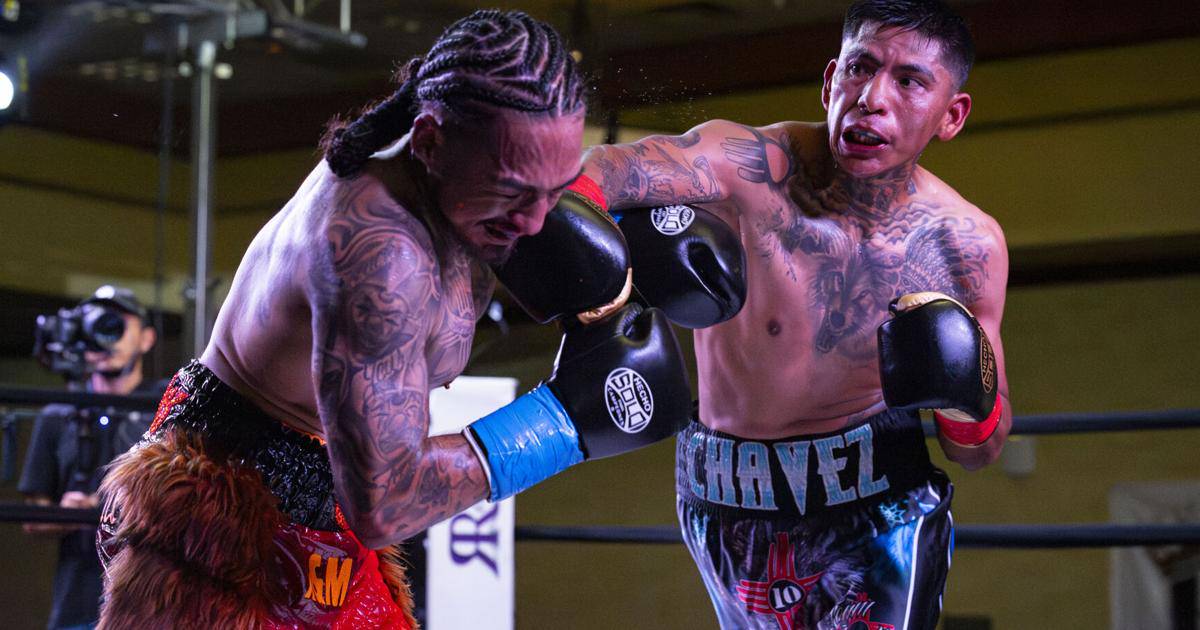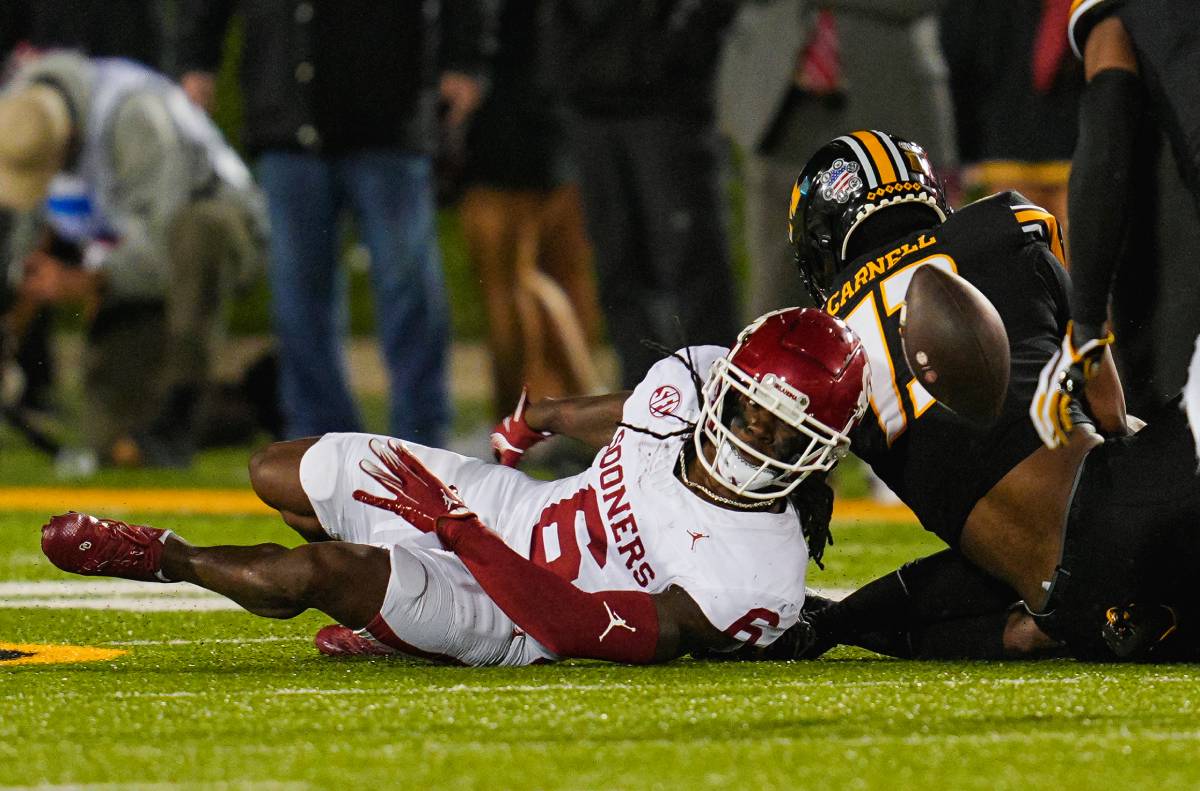the power of first impressions
First impressions are formed within seconds, and they often leave a lasting impact. In the realm of politics and public life, where every appearance is scrutinized, the importance of that initial encounter cannot be overstated. Whether it’s a handshake, a smile, or the way someone carries themselves, these seemingly small details can shape public perception in profound ways. Voters and the media alike are quick to form opinions based on these early moments, and those opinions can be difficult to change.
Research shows that people tend to make snap judgments about a person’s competence, trustworthiness, and likability almost instantly. These judgments are often based on visual cues, such as clothing, grooming, and posture. In a world where public figures are constantly in the spotlight, the pressure to make a positive first impression is immense. A misstep in those first few seconds can lead to negative coverage, which can be hard to shake off.
For politicians, celebrities, and other public figures, the stakes are even higher. A well-executed first impression can set the tone for a successful campaign or public appearance, while a poor one can derail efforts before they even begin. In Australia, where the public tends to value authenticity and approachability, striking the right balance between professionalism and relatability is key.
Ultimately, first impressions are about more than just appearance. They encompass a range of factors, including tone of voice, facial expressions, and even the energy someone brings into a room. These elements combine to create an overall impression that can either draw people in or push them away. In a media landscape that thrives on quick sound bites and viral moments, mastering the art of the first impression has never been more crucial.
how fashion choices shape perception
Fashion choices are far more than just a matter of personal taste; they are a powerful tool that can shape how individuals are perceived by the public. In the world of politics and public life, where every detail is scrutinized, what someone wears can send a message before they even speak. Clothing choices can communicate authority, approachability, or even a sense of rebellion, depending on the context and the audience. For public figures, this means that every outfit is a calculated decision, designed to align with their image and the message they want to convey.
In Australia, where the culture often values a laid-back, down-to-earth approach, fashion can be a delicate balancing act. A politician or public figure who dresses too formally may come across as out of touch, while someone who dresses too casually risks being seen as unprofessional. The key is to strike a balance that resonates with the audience while still maintaining a sense of authenticity. For example, a politician visiting a rural community might opt for more relaxed, practical attire, while a business leader addressing a corporate audience would likely choose something more polished and formal.
Beyond the immediate impression, fashion choices can also signal deeper values and affiliations. A public figure who consistently wears Australian designers, for instance, may be seen as supporting local industry, while someone who opts for sustainable or eco-friendly fashion could be viewed as environmentally conscious. These subtle cues can help build a connection with specific voter bases or interest groups, reinforcing the idea that the individual shares their values.
However, fashion can also be a double-edged sword. A misstep in wardrobe choice can lead to criticism or even ridicule. In a media landscape that thrives on sensationalism, a poorly chosen outfit can quickly become a distraction, overshadowing the message a public figure is trying to convey. This is particularly true in the age of social media, where images can go viral in an instant, and public figures are often judged not just on what they say, but on how they look while saying it.
Ultimately, fashion is a form of non-verbal communication that can either enhance or undermine a public figure’s message. In a world where appearances matter, understanding the power of clothing and how it shapes perception is essential for anyone in the public eye.
the role of body language in public image
Body language is a critical, yet often overlooked, component of public image. While words and fashion choices are important, the way a person moves, gestures, and holds themselves can communicate volumes without a single word being spoken. In fact, studies suggest that non-verbal cues can account for up to 55% of the overall message in face-to-face communication. For public figures, this means that their body language is constantly being interpreted by voters, the media, and even their opponents.
In Australia, where authenticity and approachability are highly valued, body language plays a key role in shaping how a public figure is perceived. A politician who maintains eye contact, uses open gestures, and stands with a relaxed but confident posture is more likely to be seen as trustworthy and relatable. On the other hand, someone who avoids eye contact, crosses their arms, or fidgets may come across as nervous, defensive, or even dishonest. These subtle cues can have a significant impact on how the public interprets a message, regardless of the words being spoken.
Gestures, in particular, can either enhance or detract from a public figure’s message. For example, using hand movements to emphasise key points can make a speech more engaging and memorable. However, overusing gestures or making erratic movements can be distracting and may even cause the audience to question the speaker’s confidence or composure. In the Australian context, where a “no-nonsense” attitude is often appreciated, excessive or overly dramatic gestures can be seen as insincere or out of touch.
Facial expressions are another crucial aspect of body language. A genuine smile can create a sense of warmth and approachability, while a furrowed brow or pursed lips might signal frustration or disapproval. Public figures must be mindful of how their facial expressions align with their message. For instance, delivering a positive message with a neutral or stern expression can create a disconnect, leading the audience to question the sincerity of the speaker. In contrast, a well-timed smile or nod can reinforce a message of optimism or solidarity.
Posture also plays a significant role in how a public figure is perceived. Standing tall with shoulders back conveys confidence and authority, while slouching or leaning can suggest a lack of energy or interest. In high-stakes environments like political debates or press conferences, maintaining strong posture can help a public figure project control and competence, even in the face of tough questions or criticism. In Australia, where egalitarianism is a core value, a relaxed but upright posture can strike the right balance between authority and approachability.
Ultimately, body language is a powerful tool that can either reinforce or undermine a public figure’s verbal message. In a world where every movement is scrutinised, mastering the art of non-verbal communication is essential for anyone looking to succeed in the public eye. Whether it’s through a confident handshake, a warm smile, or a steady gaze, the way a person carries themselves can leave a lasting impression on voters and the media alike.
the power of visual presentation in politics
In the world of politics, visual presentation is more than just an afterthought—it’s a strategic tool. The way a politician dresses, their grooming, and even their posture can communicate volumes before they even speak. In Australia, where political figures are constantly in the public eye, the power of visual presentation cannot be underestimated. It’s not just about looking polished; it’s about conveying authority, relatability, and trustworthiness.
For female politicians, the stakes are even higher. Their fashion choices are often scrutinized more intensely than their male counterparts. A well-tailored suit or a carefully chosen accessory can project confidence and competence, while a misstep in style can lead to unnecessary distractions. Think of Julia Gillard’s iconic jackets or Penny Wong’s sleek, minimalist approach—both women have used fashion to reinforce their political messages.
In a media landscape that thrives on image, the right visual presentation can help a politician connect with voters on a deeper level. It’s not just about following trends, but about crafting a personal brand that resonates with the public. Whether it’s a bold colour choice that signals strength or a more subdued palette that suggests calm and control, every detail matters.
“In politics, you’re not just selling policies—you’re selling yourself. And how you present yourself visually is a key part of that package.”
how fashion choices shape public perception
Fashion choices are a powerful tool in shaping public perception, especially in the political arena. In Australia, where the public is highly attuned to the nuances of style, what a politician wears can speak volumes about their values, personality, and even their competence. For women in politics, this is particularly significant. Their outfits are not just about aesthetics; they are a form of communication, a way to navigate the complex expectations placed upon them.
Take, for example, the use of colour. A bold red blazer can signal strength, passion, and determination, while a soft pastel suit might evoke approachability and warmth. These choices are not accidental. Female politicians often use fashion to balance the fine line between authority and relatability. In a country like Australia, where egalitarianism is a core value, dressing too formally can create distance, while dressing too casually can undermine credibility. The key is finding that sweet spot where style enhances, rather than detracts from, the message.
Accessories, too, play a crucial role. A statement necklace or a pair of bold earrings can add a touch of personality, making a politician seem more relatable and human. However, over-accessorizing can be seen as frivolous or distracting. It’s a delicate dance, one that requires a keen understanding of how fashion is perceived by different demographics. In Australia, where voters value authenticity, fashion choices that feel too calculated or out of touch can backfire.
Moreover, consistency in style can help build a politician’s personal brand. Think of Penny Wong’s preference for tailored blazers in neutral tones—her style is understated yet powerful, reinforcing her image as a calm, composed leader. On the other hand, someone like Jacinda Ardern, though from New Zealand, has resonated with Australian audiences through her use of softer, more approachable styles that align with her empathetic leadership style. Both women use fashion to reinforce their political personas, and in doing so, they shape how the public perceives them.
“In the end, fashion is not just about looking good—it’s about sending a message. And in politics, that message can make all the difference.”

